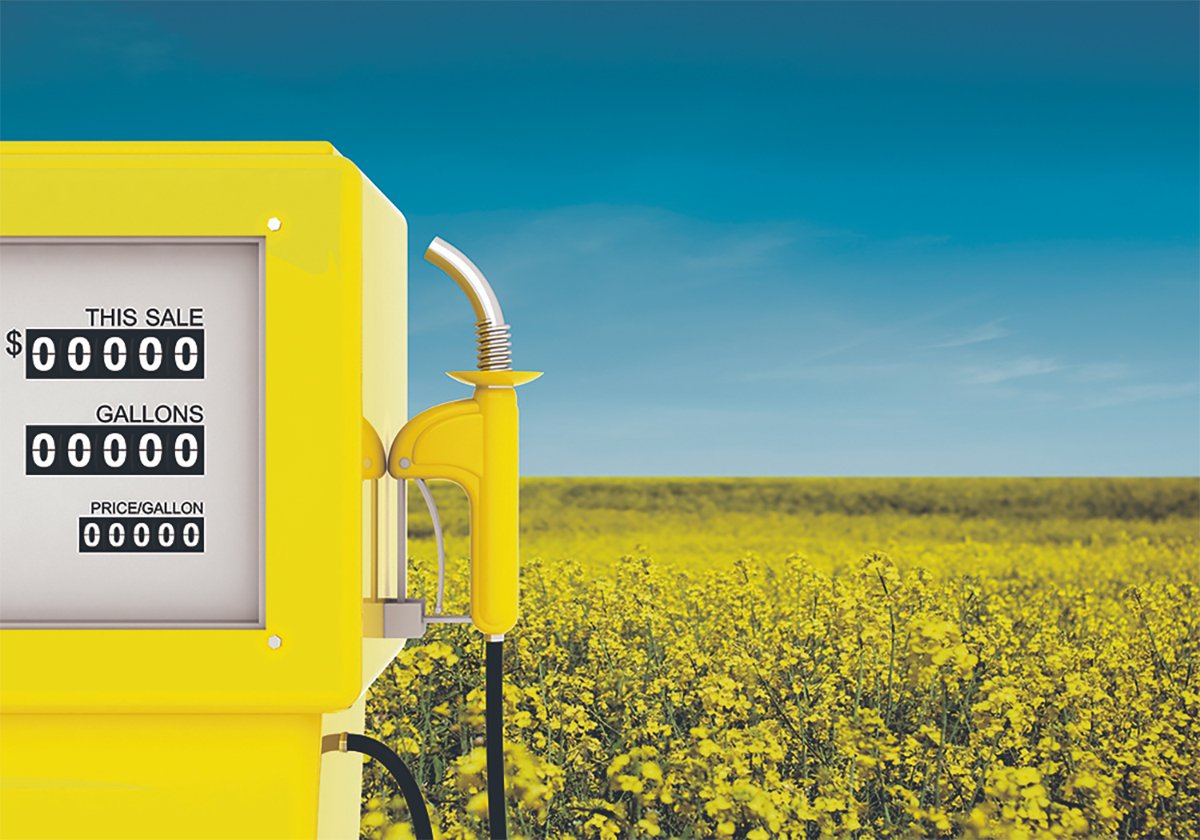CHICAGO — Something doesn’t add up with China’s corn supply and demand outlook, says an international grains analyst.
The ending stocks used by the U.S. Department of Agriculture in its World Agricultural Supply and Demand Estimates (WASDE) is much too high if simple math is applied, said David Nelson, global strategist with Rabobank International.
The USDA estimates China’s hog industry will consume 45 million tonnes of soybean meal.
A balanced hog diet requires two units of corn for every unit of soybean meal, which means China would need 90 million tonnes of corn for its hog industry.
Read Also

Biofuel sector happy with federal budget
Advanced Biofuels Canada says new Biofuel Production Incentive is a lifeline until CFR amendments are in place.
But according to the USDA, China’s hog industry will eat its way through 30 million tonnes of corn.
That missing 60 million tonnes would make a huge difference to a supply and demand report showing China with 57 million tonnes of corn ending stocks at the end of 2011-12.
“I don’t know anybody that believes the USDA’s ending stock number for corn,” Nelson told DTN’s Ag Summit.
The high price of corn in China lends support to the theory that supplies are tighter than the USDA is suggesting.
China will import three million tonnes of corn in 2011-12, according to the WASDE report. Nelson said that number will grow exponentially if not this year, then next.
“We do believe China will become a very meaningful importer of corn, not necessarily this year but within the next few years,” he said.
China produces 50 million tonnes of pork per year, and that output is expected to continue growing by an average of two percent annually, although this year it is down about four percent.
However, it is the increased industrialization of the hog industry that is really behind the forecast for more corn imports.
In 2001, 74 percent of China’s hog farms were backyard operations feeding table scraps to herds of no more than 49 animals. The remaining 26 percent were commercial farms or specialized operations feeding much bigger herds a mixed diet of corn and soybeans.
The numbers had nearly flip-flopped by 2009, with 37 percent of the animals raised in backyard operations and 63 percent in commercial or specialized operations. It is expected to be a 30/70 split by 2013.
Nelson said the shift toward commercial production will soon require 20 to 25 million tonnes of corn imports, assuming each Chinese pig eats 10 bushels of corn.
The demand could materialize in the blink of an eye. China wasn’t a factor in world coal markets and then within a year became by far the world’s biggest coal importer. The same goes for soft timber. It wasn’t a factor until a couple of years ago and now is the world’s biggest importer of the product.
“Who knows when it takes off, but we think when it happens it could be big,” he said.
Corn prices would be significantly affected if China suddenly started importing 25 million tonnes of corn a year, considering annual global trade in the commodity is about 100 million tonnes. And corn sets the price bar for most of the crops Canadian farmers grow.
China has been investing heavily in Brazil and Argentina to help balance its growing reliance on foreign corn and soybeans.
Nelson expects some of the big grain firms operating in Asia, such as Wilmar International, Noble Group and Olam International, might be eyeing up western grain behemoths such as Archer Daniels Midland, Bunge or even a Canadian company now that Canada is heading toward a post-single desk environment.
“A company like Viterra that’s public could get some interest from one of those Asian companies,” he said.
















